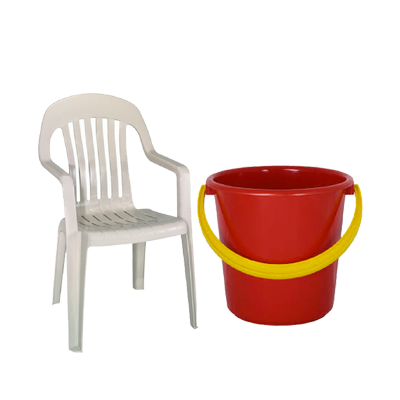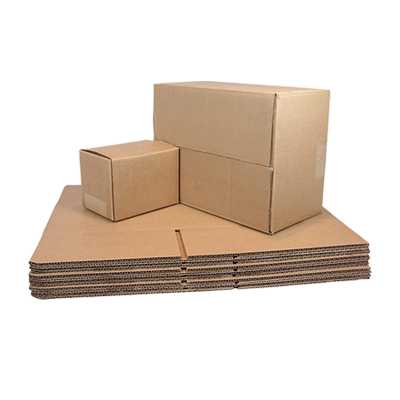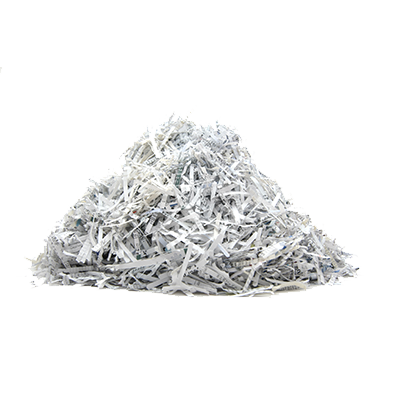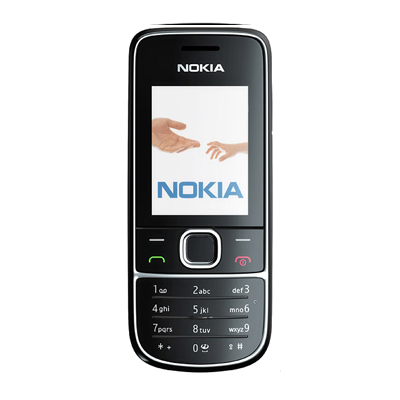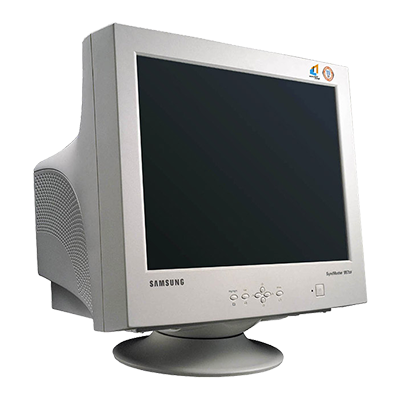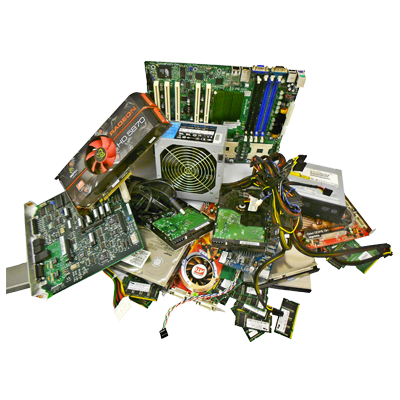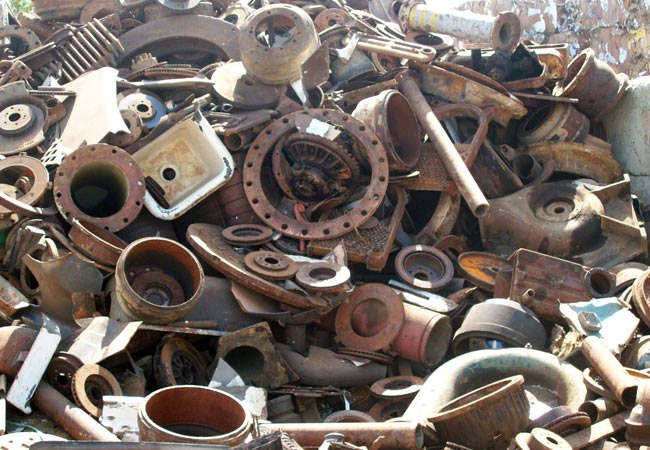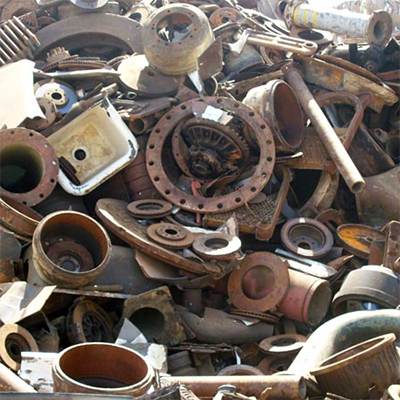
2021-11-07
Facts About E-waste You Should Know
Electronic waste is one of the world’s fastest growing waste streams in the world. Just think about it, a decade ago, we would be hard pressed to find more than one cell phone or laptop per family. Now, everyone in the household has at least one cell phone (if not more). There is no doubt technology has increased our standard of living ranging from increased communications to improved and efficient health care.
However, we often do not consider what happens to electronics after we finish using them. What happens to the old family refrigerator? Or the bedroom fan that no longer works? They end up in landfills or are sold to the informal sector. Once the informal sector receives an electronic waste (e-waste) item, it is either openly burned, dipped in acid, or dismantled to retrieve the small amount of precious metals that is present in electronics. These metals, such as silver, gold, and palladium work as conductors in electronics and have resale value However, these extraction methods are dangerous as they pollute air and pose direct health risks to waste workers.
Doko Recyclers is working towards a safe e-waste management protocol in our upcoming E-waste Management Facility. In the meantime, we can take a look at some e-waste data to better understand the scale of e-waste production and why it has become so important to properly discard and manage it.
- Globally, around 20 to 50 million tonnes of e-waste are discarded annually. Asia alone accounts for 12 million tonnes of e-waste. That is equivalent to 2.4 million elephants!
- E-waste consists of metal ions out of which about 2.7% are toxic metals. These hazardous metals and elements include: aluminum (Al), arsenic (As), bismuth (Bi), cadmium (Cd), chromium (Cr), mercury (Hg), nickel (Ni), lead (Pb) and antimony (Sb). Exposure to toxic metals causes a host of health problems ranging from birth defects, kidney failure, to brain and nerve damage including cancer. Metals and chemicals in e-waste also harm the environment. When we burn or dump e-waste in the soil or water, heavy metals such as lead, cadmium, and mercury contaminate our ecosystem. We then breathe in hazardous metals, crops take up heavy metal ions through the soil and end up in our bodies, and our aquatic ecosystems are severely damaged.
- According to Nepal’s Department of Environment, Kathmandu discarded 18,000 metric tonnes of e-waste in 2018 and Nepal generated 28,000 metric tonnes of e-waste in 2019.
- Some reasons for increased e-waste in Nepal include increased purchasing power, which simply means the amount of money someone has in order to spend on goods such as electronic gadgets, and the lack of strict regulation on e-waste disposal. Planned obsolescence of gadgets is another reason. Planned obsolescence is the act of designing and manufacturing gadgets to be unusable after a certain period of time, or making it so frail that it is damaged after a year or two of usage.
- The bulk of e-waste produced in Nepal are lead and lithium batteries from inverters, vehicles, and solar panels wherein Nepal has generated 25,000 tonnes of battery. Exposure to high levels of lead causes anemia, kidney and brain damage while exposure to lithium causes headaches, and even coma. Lithium is a hazardous substance in the workplace as well as it is highly reactive and a dangerous explosive material. Thus, in order to create safe working conditions for waste workers, we have to make sure waste workers have proper Personal Protective Equipment (PPE) with proper workplace conditions.
- The value of raw materials such as iron, copper, and gold in e-waste generated in 2019 was $57 billion. These raw materials would have to be mined from ores if we were making electronic items from scrap. E-waste contains a variety of metals and elements found in the earth, some common (iron, aluminium, and copper among others) and some rare (gold and indium). These materials are finite on the earth’s crust which means we need to conserve them and reuse what we have already mined. Large scale e-waste recycling enables us to do just this: to mine e-waste as secondary raw materials to make new electronics so we conserve our natural resources and leave the earth unmined.
- In 2020, approximately 500,000 handsets were entering the Nepali market every month.
Refurbishing gives an electronic device a new life. By getting a new life your old electronics do not enter the waste stream and make their way to landfills nor are they openly burned. When your electronics are truly at the end of their lives, opt to recycle with established recyclers like Doko that have machines that can extract the metals and other recyclable materials without putting handlers or the environment at risk. It is imperative to follow protocol when handling e-waste so as to properly separate hazards from affecting workers, us and the environment. Furthermore, when handled correctly, the right materials can be extracted to be reused in other electronics or properly recycled feeding into a local circular economy. These extracted metals can be used to refurbish other electronics or even make new ones. When you send your e-waste to Doko, we will always attempt to refurbish it first. When items cannot be repaired and re-enter the market, we recycle following Doko protocol which puts safety first and prioritizes reusing raw resources so that new resources do not have to be mined. Most raw resources afterall are not renewable.
We hope the e-waste facts we have listed will make you think about the scale in which we generate electronic waste. Whether you are thinking of replacing an old phone, planning to buy a new laptop for a family member, or getting a new fridge at home, think about the electronic waste you would generate if you were discarding your old electronic gadgets. Opt to reduce, reuse, recycle and refurbish your electronics consumption to ensure sustainability and a circular economy.



